I often notice snags because of the woodpecker holes or woodpeckers drumming on the tree. However, woodpeckers aren’t the only ones utilizing snags.
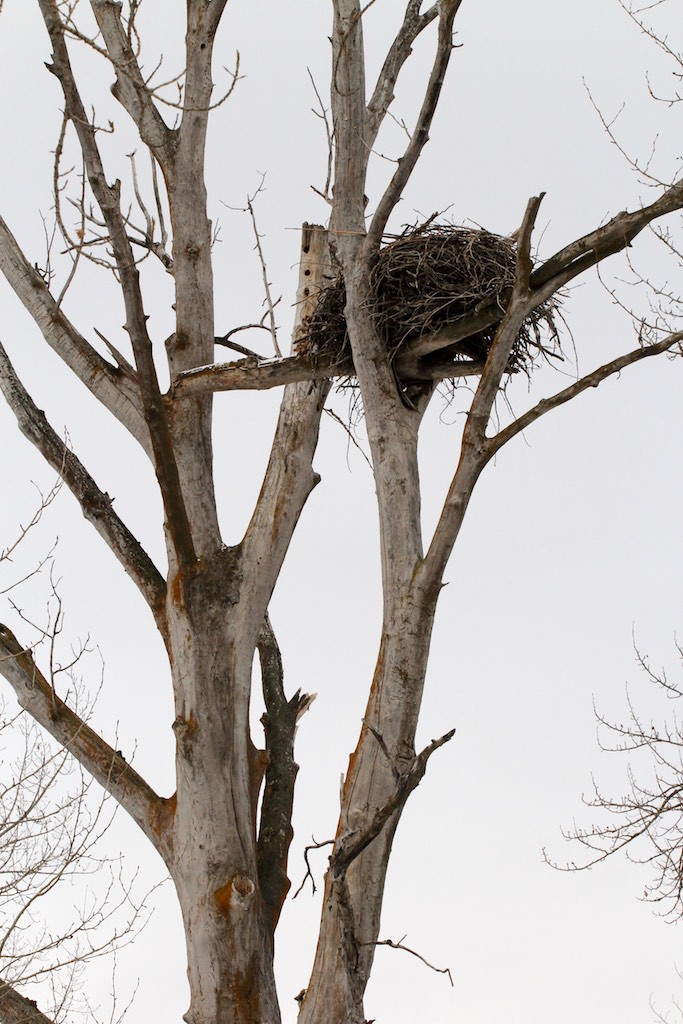
What animals live in snags?
Snags (any dead or dying standing tree) are considered wildlife trees because snags often provide more habitat for wildlife when dead than when alive. Wildlife utilize snags for food, shelter, nesting, communicating, roosting and perching.
The most obvious may be woodpecker holes either made for nesting or foraging for insects. Woodpeckers are primary cavity nesters because they create new cavities in snags. Woodpeckers rarely nest in the same hole and often create several holes before creating the perfect nesting cavity.
Abandoned woodpecker holes are utilized by secondary cavity nesters–those species that cannot excavate cavities themselves but nest in cavities. Secondary cavity nesters include wood ducks, hooded mergansers, American kestrels, great horned owls, barred owls, tree swallows, red- and white-breasted nuthatches, house wrens and bluebirds.
Large woodpecker holes, hollow portions of a snag or empty knot-holes are used for roosting or denning by squirrels, flying squirrels, pine marten, porcupine, raccoons or black bears.
The best snags for cavity nesters are those with hard sapwood (wood closest to the bark) and decayed heartwood (wood in the middle of the tree) which makes the snag hard on the outside and soft in the middle (known as a hard snag). The soft heartwood allows for easy excavation compared to a living tree with hard heartwood. The hard sapwood provides protection from predators and provides insulation from weather.
During summer the thick sapwood walls of nesting cavities help moderate temperature fluctuations and keep the cavity cooler than a nest out on a branch. During winter the walls provide insulation from cold temperatures. Many year-round bird species are cavity nesters like chickadees, woodpeckers and nuthatches.
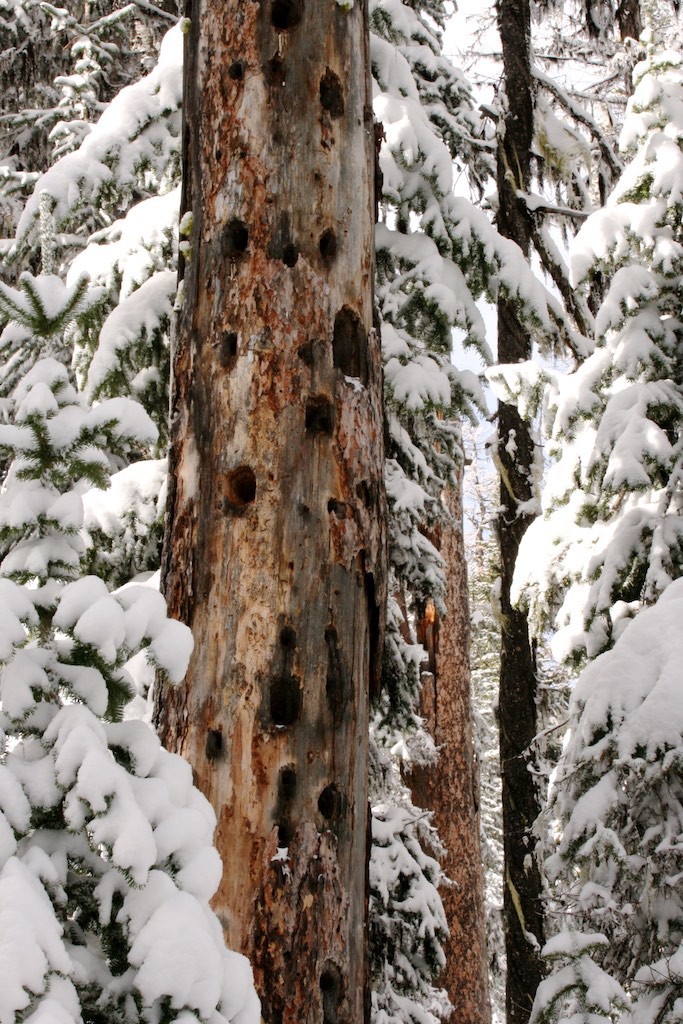
Snags attract different animals at different stages
As a snag decomposes it transitions from a hard snag to a soft snag. Soft snags have considerable decay in both the heartwood and sapwood. Soft snags typically lack limbs, have a broken top and can be hollow on the inside.
When the bark begins to loosen and create voids beneath, more wildlife comes to utilize the snag. Brown creepers, butterflies and bats begin to roost in the voids in both summer and winter. Nuthatches, winter wrens and brown creepers forage for insects and invertebrates (like spiders) hiding behind the loosened bark.
Insects and other invertebrates attract many species to snags for foraging. The outer surface of the bark is home to bark beetles, ants and spiders which attracts brown creepers, nuthatches and woodpeckers.
The inner bark becomes a haven for insect larvae and pupae, such as the engraver beetle, and attracts woodpeckers, bears and raccoons with the latter two tearing into the snag for the protein-rich insects.
Pileated woodpeckers excavate into the heartwood for carpenter ants and termites.
As the snag decomposes, the texture and moisture content of the wood fiber changes resulting in different insect populations and thus foragers.
Who perches on a snag?
Other species utilize snags for perching. Large snags are ideal hunting perches for hawks, eagles and owls. Belted kingfishers perch on snags over water. Swallows, mourning doves, wild turkeys, and cedar waxwings rest on the limbs. Tanagers, bluebirds, hummingbirds and flycatchers use snags as song perches.
Snags tend to attract wildlife that may not come to the same living tree. Over 100 species of birds, mammals, reptiles and amphibians utilize snags in some capacity and bring new life to a dead tree.
Originally published March 2016. Updated February 2024.

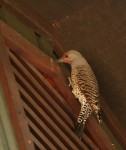
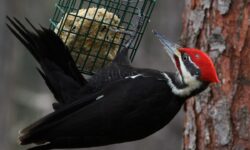
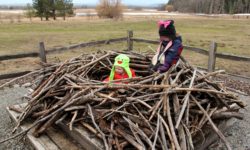
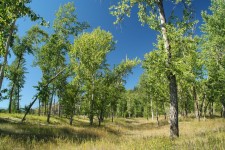
wow!!! what an informative article! i’ve been in such a rush to cut down the dead trees on my acreage. i had no concept of how vital they were to the creatures living there. many thanks. i will plan on leaving some of them in place.
The wildlife will thank you too!
Laura